Home>Gardening & Outdoor>Landscaping Ideas>How Is Grass Seed Harvested
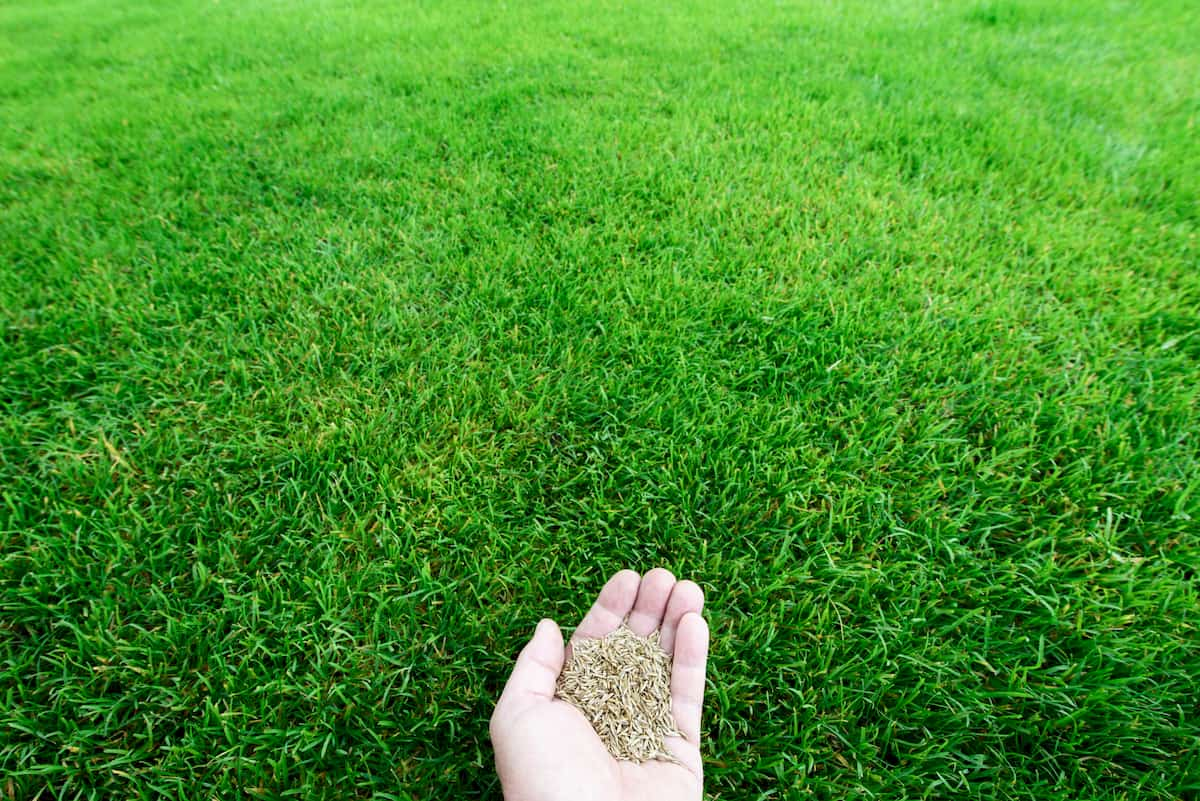

Landscaping Ideas
How Is Grass Seed Harvested
Modified: February 18, 2024
Learn about the process of harvesting grass seed and get landscaping ideas for your lawn. Find out how to improve your lawn with the right grass seed.
(Many of the links in this article redirect to a specific reviewed product. Your purchase of these products through affiliate links helps to generate commission for Storables.com, at no extra cost. Learn more)
Introduction
Grass seed harvesting is a crucial aspect of maintaining lush, vibrant lawns and verdant landscapes. Whether you're a homeowner striving for a picturesque yard or a professional landscaper dedicated to creating stunning outdoor spaces, understanding the process of grass seed harvesting can greatly enhance your landscaping endeavors. This comprehensive guide delves into the intricacies of grass seed harvesting, exploring the methods, equipment, and factors that influence this essential practice. By gaining insight into the art and science of grass seed harvesting, you can elevate your landscaping skills and achieve thriving, resilient lawns that are the envy of the neighborhood.
Grass seed harvesting is a fundamental practice in the realm of landscaping and agriculture. It involves the careful collection and processing of grass seeds to propagate new growth and maintain the health and beauty of lawns, fields, and recreational spaces. The process encompasses various techniques and considerations, each playing a pivotal role in the successful cultivation of grass from seed. Understanding the nuances of grass seed harvesting empowers individuals to make informed decisions about their landscaping projects, ensuring that they yield vibrant, sustainable results.
As we embark on this exploration of grass seed harvesting, we will unravel the intricacies of the process, shed light on the equipment involved, and delve into the factors that influence successful seed collection. By delving into these aspects, we aim to provide a comprehensive understanding of grass seed harvesting, equipping readers with the knowledge to elevate their landscaping endeavors and cultivate thriving green spaces.
Key Takeaways:
- Grass seed harvesting involves meticulous timing, preparation, and equipment selection to collect high-quality seeds for lush, resilient landscapes. Understanding these steps empowers landscapers to create vibrant green spaces.
- Environmental conditions, grass species traits, and harvesting methods influence the success of grass seed harvesting. Adapting to these factors ensures the collection of viable seeds for thriving, resilient grassy landscapes.
Read more: How To Harvest Strawberry Seeds
The Process of Grass Seed Harvesting
Grass seed harvesting is a meticulous process that involves several key stages, each crucial to the successful collection and preservation of viable seeds. Let’s delve into the intricate steps that comprise the art of grass seed harvesting:
- Timing: The timing of grass seed harvesting is critical. It is essential to monitor the grasses as they mature to determine the optimal time for seed collection. This stage requires careful observation of the seed heads, ensuring that they have reached full maturity and are on the cusp of natural dispersal. Harvesting too early can result in underdeveloped seeds, while delaying the process may lead to seed loss due to natural dispersal.
- Preparation: Prior to harvesting, the area designated for seed collection is prepared to facilitate the process. This may involve mowing the grass to a specific height, clearing debris, and ensuring that the seeds are easily accessible for harvesting equipment.
- Harvesting Techniques: Grass seed harvesting techniques vary depending on the scale of the operation and the type of grass being cultivated. For smaller areas, hand tools such as seed combs or rakes may be used to gently dislodge the seeds from the seed heads. In larger-scale operations, specialized machinery is employed to efficiently collect the seeds while minimizing damage to the plants.
- Seed Collection: Once the seeds have been dislodged from the seed heads, they are carefully collected and stored in appropriate containers. It is essential to handle the seeds with care to prevent damage and maintain their viability for future sowing.
- Cleaning and Processing: After the initial collection, the seeds undergo a cleaning and processing phase to remove debris, chaff, and non-viable seeds. This step is crucial in ensuring the quality and purity of the harvested seeds, preparing them for storage and eventual sowing.
- Storage: Proper storage is essential to preserve the viability of grass seeds. The seeds are stored in cool, dry conditions to maintain their germination potential. It is imperative to protect the seeds from moisture, heat, and pests to safeguard their integrity until they are ready for use.
By meticulously following these steps, the process of grass seed harvesting culminates in the collection of high-quality, viable seeds ready for sowing. Each stage requires precision, care, and an understanding of the specific requirements of the grass species being harvested. Through meticulous attention to detail, landscapers and agricultural professionals can ensure a bountiful supply of seeds for cultivating lush, resilient grassy landscapes.
Types of Grass Seed Harvesting Equipment
Grass seed harvesting relies on a range of specialized equipment designed to facilitate the efficient collection and processing of seeds. The choice of equipment is influenced by the scale of the operation, the type of grass being harvested, and the specific requirements of the seed collection process. Let’s explore the diverse array of grass seed harvesting equipment:
- Seed Harvesters: Seed harvesters are mechanical devices designed to efficiently collect seeds from grass seed heads. These machines are equipped with mechanisms that gently dislodge the seeds while minimizing damage to the plants. Seed harvesters are available in various sizes and configurations to accommodate different scales of seed collection, from small-scale landscaping projects to large agricultural operations.
- Seed Strippers: Seed strippers are specialized tools used for hand harvesting of grass seeds. These handheld devices feature comb-like structures that are carefully drawn through the seed heads, dislodging the seeds for collection. Seed strippers are particularly useful for small-scale operations and for harvesting seeds from hard-to-reach areas.
- Threshing Equipment: Threshing equipment is employed in the processing phase of grass seed harvesting. These machines are designed to separate the seeds from the chaff and other plant materials, ensuring that only clean, viable seeds are retained for storage and sowing. Threshing equipment ranges from manual hand-operated devices to mechanized separators suitable for large-scale seed processing.
- Storage Containers: Proper storage containers are essential for preserving the viability of harvested grass seeds. These containers range from simple, airtight bins for small quantities of seeds to larger silos and storage facilities for extensive seed collections. The choice of storage containers is guided by the volume of seeds harvested and the duration for which they need to be preserved.
- Cleaning Screens: Cleaning screens are utilized in the seed processing phase to separate debris and non-viable seeds from the harvested batch. These screens feature varying mesh sizes to effectively sift through the seeds, ensuring that only high-quality seeds are retained for storage and eventual sowing.
Each type of grass seed harvesting equipment plays a vital role in streamlining the seed collection and processing process, contributing to the production of high-quality seeds essential for establishing lush, resilient grassy landscapes. Whether it’s the gentle precision of seed harvesters or the meticulous cleaning capabilities of threshing equipment, these tools are indispensable in the art and science of grass seed harvesting.
When harvesting grass seed, it’s important to wait until the seeds are fully mature and dry before cutting the grass. This ensures that the seeds are ready for collection and will result in a successful harvest.
Factors Affecting Grass Seed Harvesting
Grass seed harvesting is influenced by a myriad of factors that can significantly impact the success and efficiency of the process. From environmental conditions to the characteristics of the grass species being harvested, these factors play a pivotal role in determining the optimal approach to seed collection and processing. Let’s explore the key factors affecting grass seed harvesting:
- Environmental Conditions: The prevailing environmental conditions, including temperature, humidity, and precipitation, can profoundly affect the timing and feasibility of grass seed harvesting. Unfavorable weather, such as excessive moisture or high winds, may impede the harvesting process and compromise the quality of the collected seeds.
- Grass Species and Varieties: Different grass species and varieties exhibit varying seed characteristics, including seed head morphology, seed retention, and maturation rates. Understanding the specific traits of the targeted grass species is essential for determining the most suitable harvesting techniques and equipment.
- Seed Maturity: The stage of seed maturity is a critical factor in grass seed harvesting. Optimal seed collection occurs when the seeds have reached full maturity and are on the verge of natural dispersal. Harvesting seeds at the right maturity level ensures high viability and germination rates for future sowing.
- Seed Yield and Quality: The anticipated yield and desired quality of the harvested seeds influence the approach to harvesting. For commercial operations and large-scale landscaping projects, maximizing seed yield while maintaining high quality is paramount. This consideration guides the selection of harvesting equipment and the implementation of seed processing techniques.
- Harvesting Method and Equipment: The choice of harvesting method and equipment is shaped by the scale of the operation, the terrain, and the specific requirements of the grass species. Small-scale operations may rely on manual harvesting tools, while mechanized equipment is favored for extensive seed collection. Selecting the appropriate equipment is essential for optimizing the efficiency and effectiveness of the harvesting process.
By carefully considering these factors, landscapers and agricultural professionals can tailor their grass seed harvesting strategies to align with the unique characteristics of the environment and the targeted grass species. Adapting to the dynamic interplay of these factors ensures that the seed collection and processing endeavors yield high-quality, viable seeds ready to foster the growth of vibrant, resilient grassy landscapes.
Conclusion
Grass seed harvesting is a multifaceted process that intertwines artistry, precision, and environmental awareness. From the meticulous timing of seed collection to the careful processing and storage of harvested seeds, every stage of the process contributes to the cultivation of thriving grassy landscapes. As we conclude our exploration of grass seed harvesting, it becomes evident that this practice is not merely a technical endeavor, but a harmonious collaboration with nature to propagate lush, resilient grasses.
By understanding the process of grass seed harvesting, individuals can harness the knowledge to transform their landscapes, whether it’s a verdant backyard oasis or vast expanses of recreational turf. The nuances of grass seed harvesting equip landscapers and agricultural professionals with the tools to navigate the complexities of seed maturity, environmental influences, and the selection of appropriate harvesting equipment. This understanding empowers them to orchestrate the seamless collection and processing of high-quality grass seeds, poised to breathe life into the earth.
Furthermore, the diverse array of grass seed harvesting equipment embodies the marriage of innovation and tradition, from the gentle precision of seed harvesters to the meticulous cleaning capabilities of threshing equipment. Each tool serves as a testament to the ingenuity and dedication of those committed to nurturing vibrant green spaces.
As we navigate the factors influencing grass seed harvesting, from environmental conditions to the unique traits of grass species, we recognize the dynamic interplay that shapes the art and science of seed collection. This interplay beckons us to adapt, innovate, and harmonize with nature’s rhythms, ensuring that each harvested seed embodies the promise of new growth and enduring beauty.
In conclusion, grass seed harvesting transcends the mere act of collecting seeds; it embodies a profound reverence for the earth, a celebration of biodiversity, and a commitment to nurturing landscapes that teem with vitality and resilience. Through the artful orchestration of the grass seed harvesting process, we sow the seeds of a greener, more vibrant world, where the emerald tapestries of thriving grasses stand as a testament to our enduring partnership with the natural world.
Frequently Asked Questions about How Is Grass Seed Harvested
Was this page helpful?
At Storables.com, we guarantee accurate and reliable information. Our content, validated by Expert Board Contributors, is crafted following stringent Editorial Policies. We're committed to providing you with well-researched, expert-backed insights for all your informational needs.
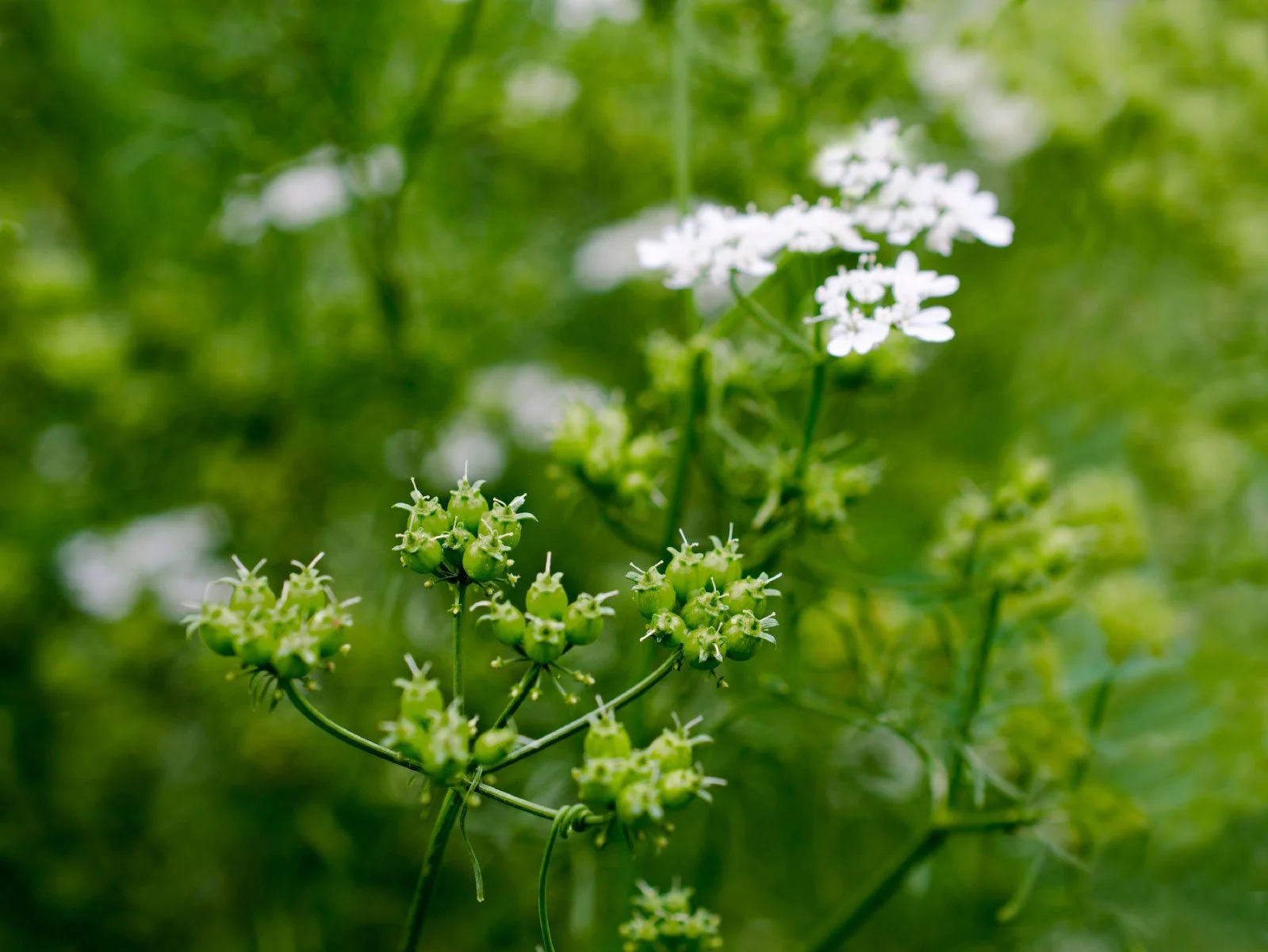
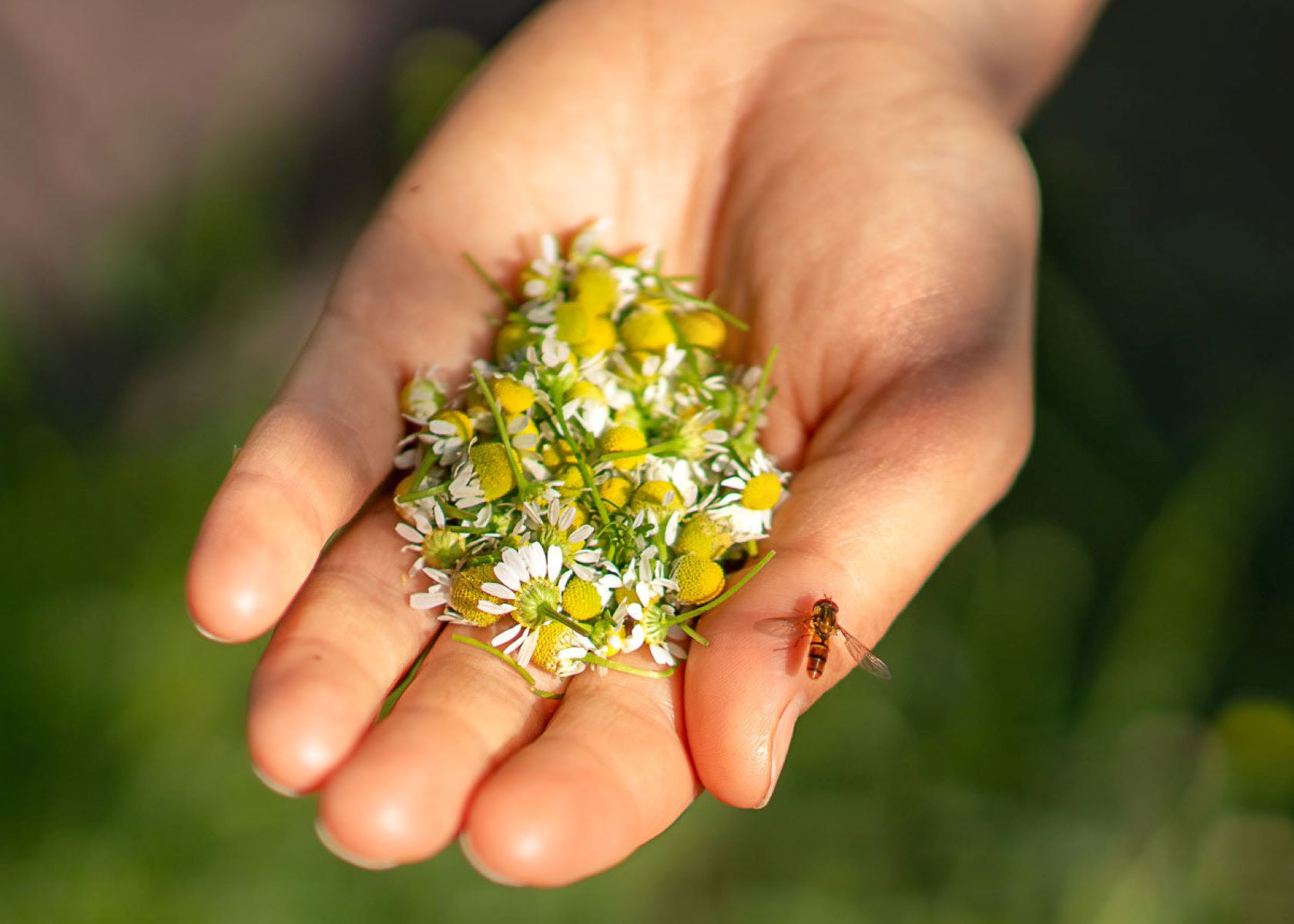
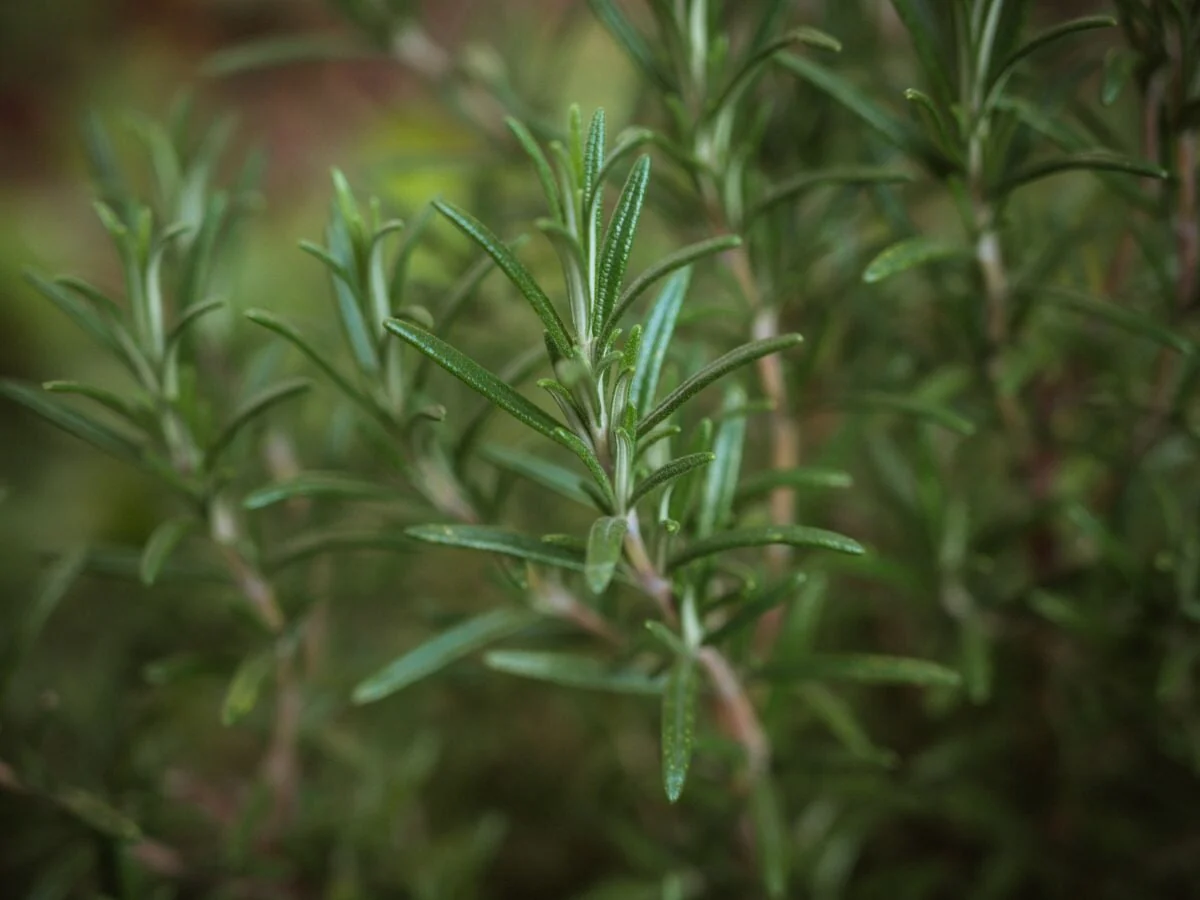
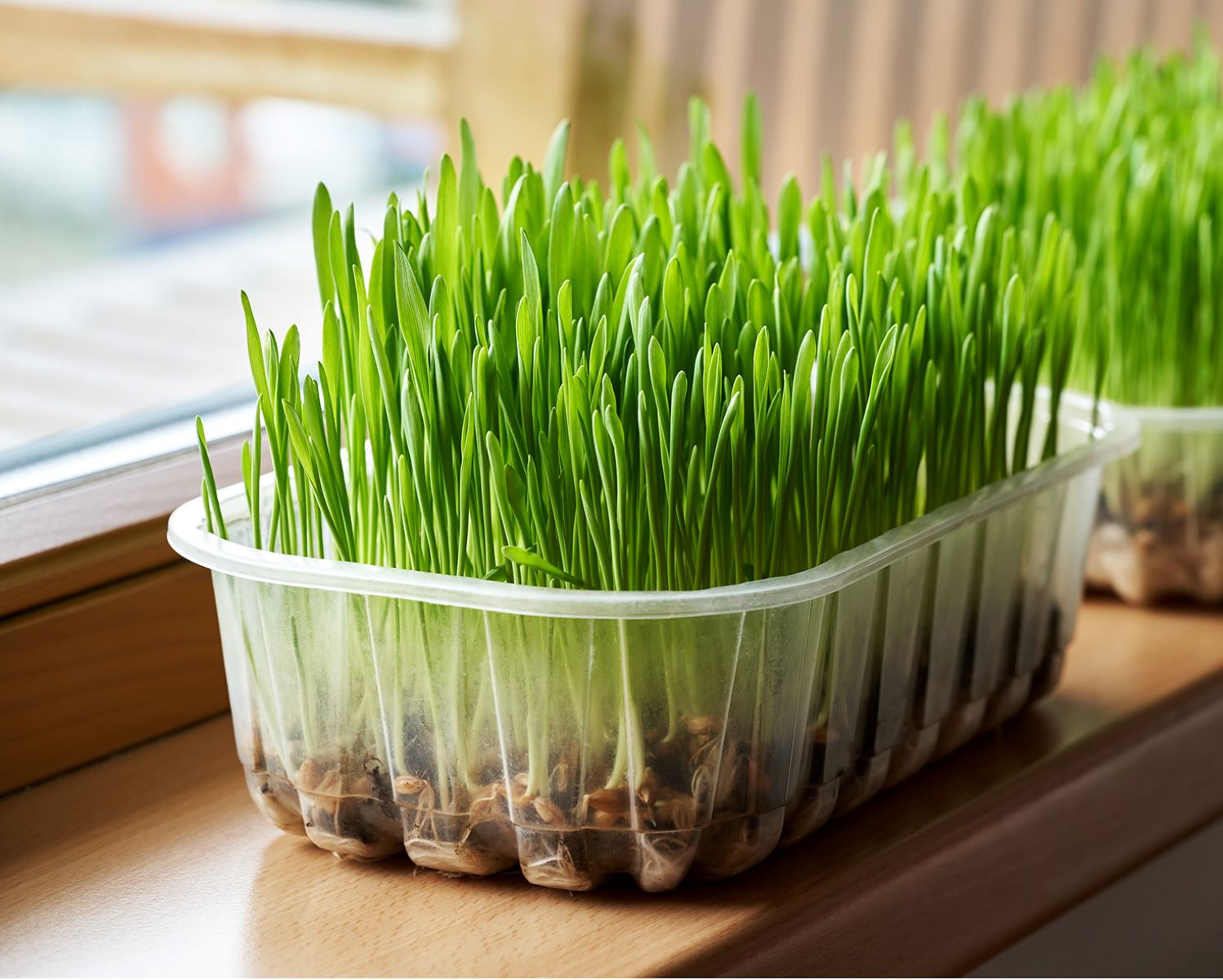


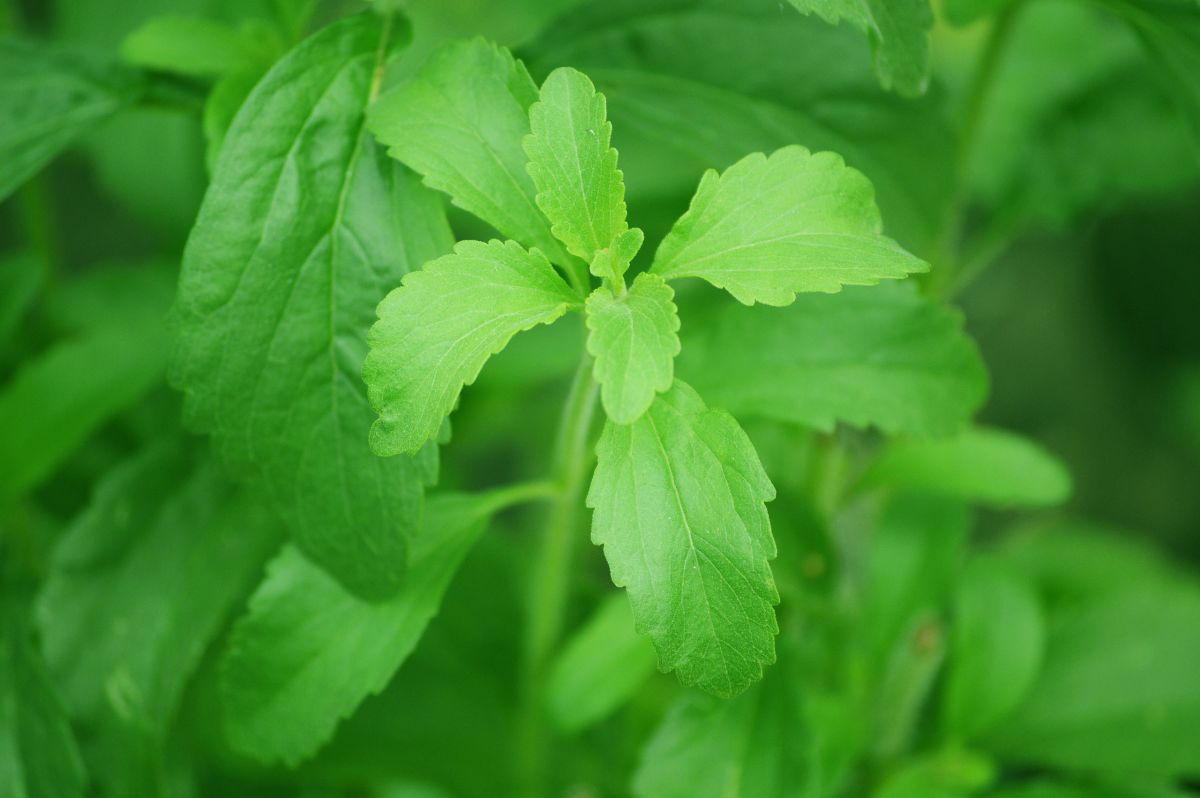

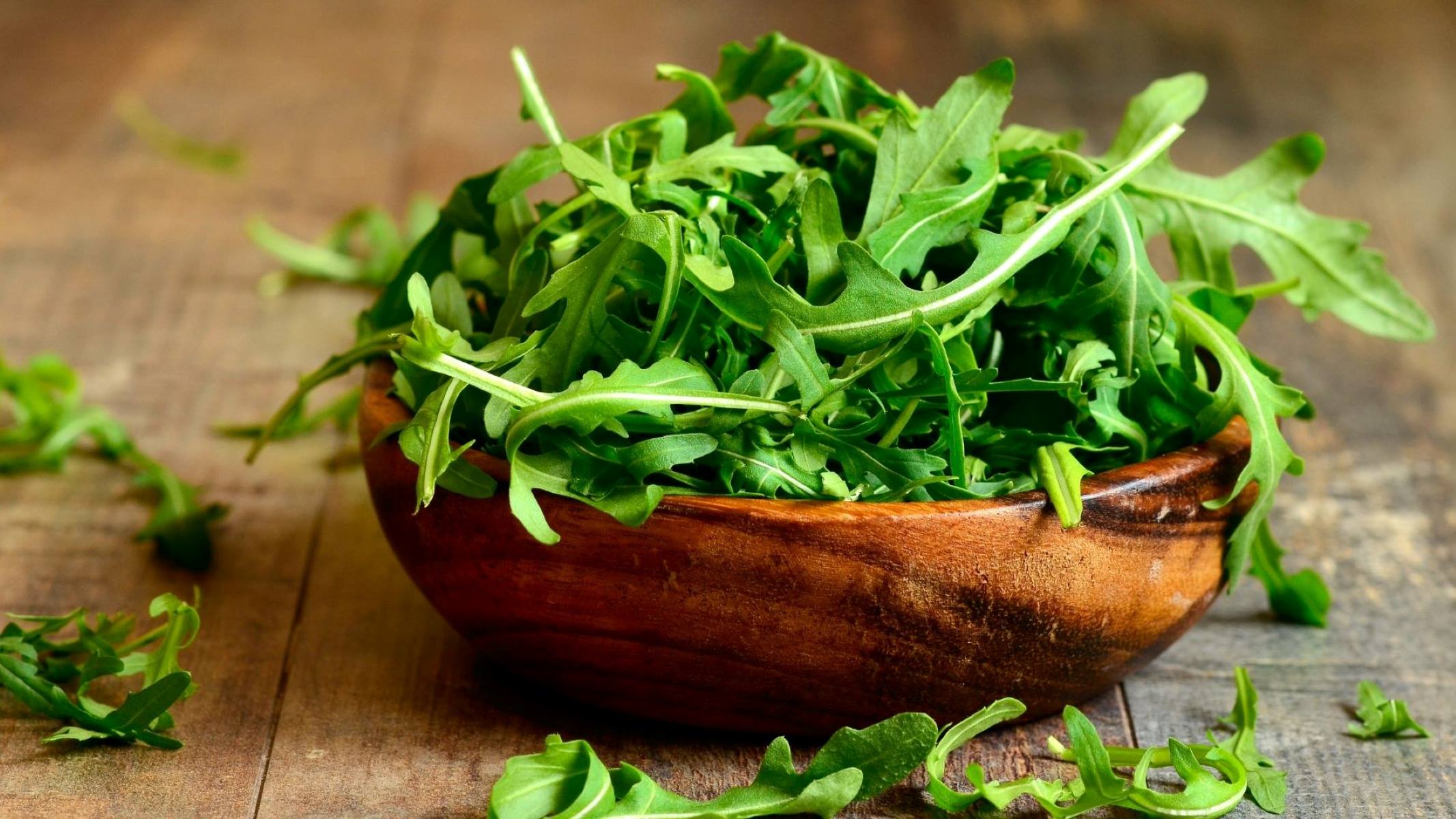
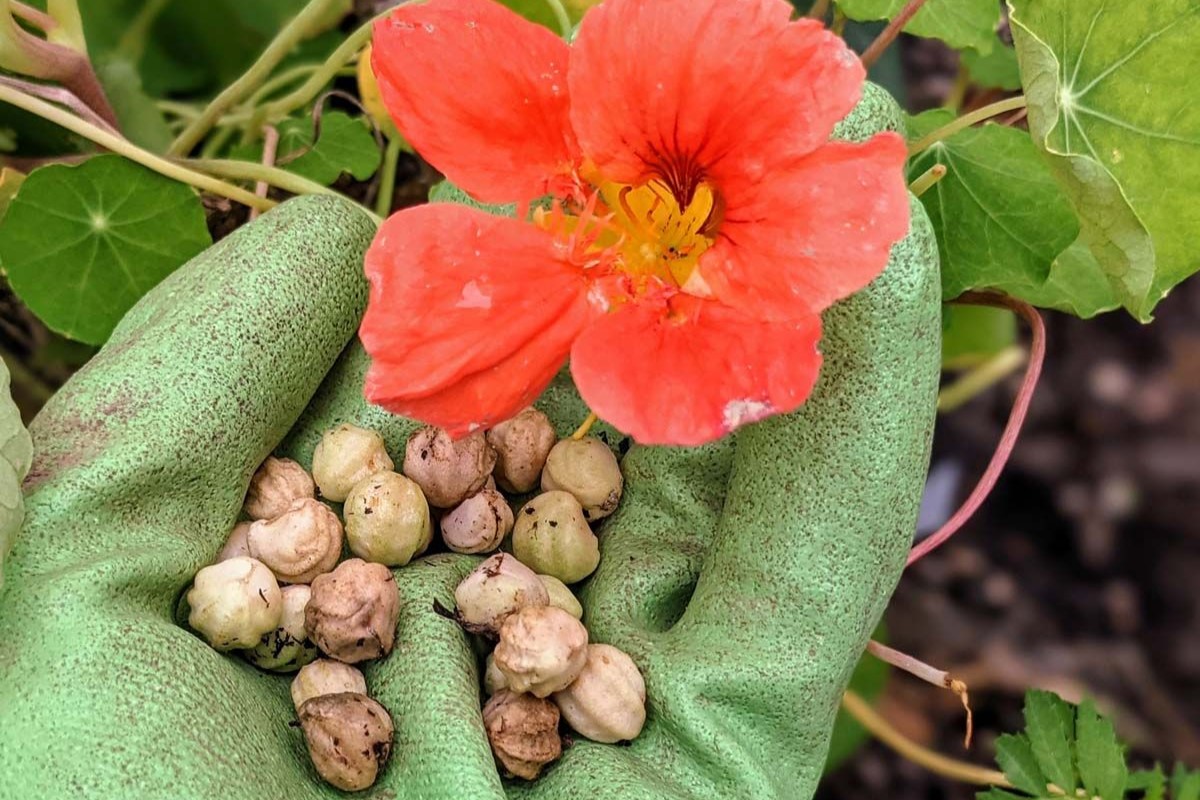
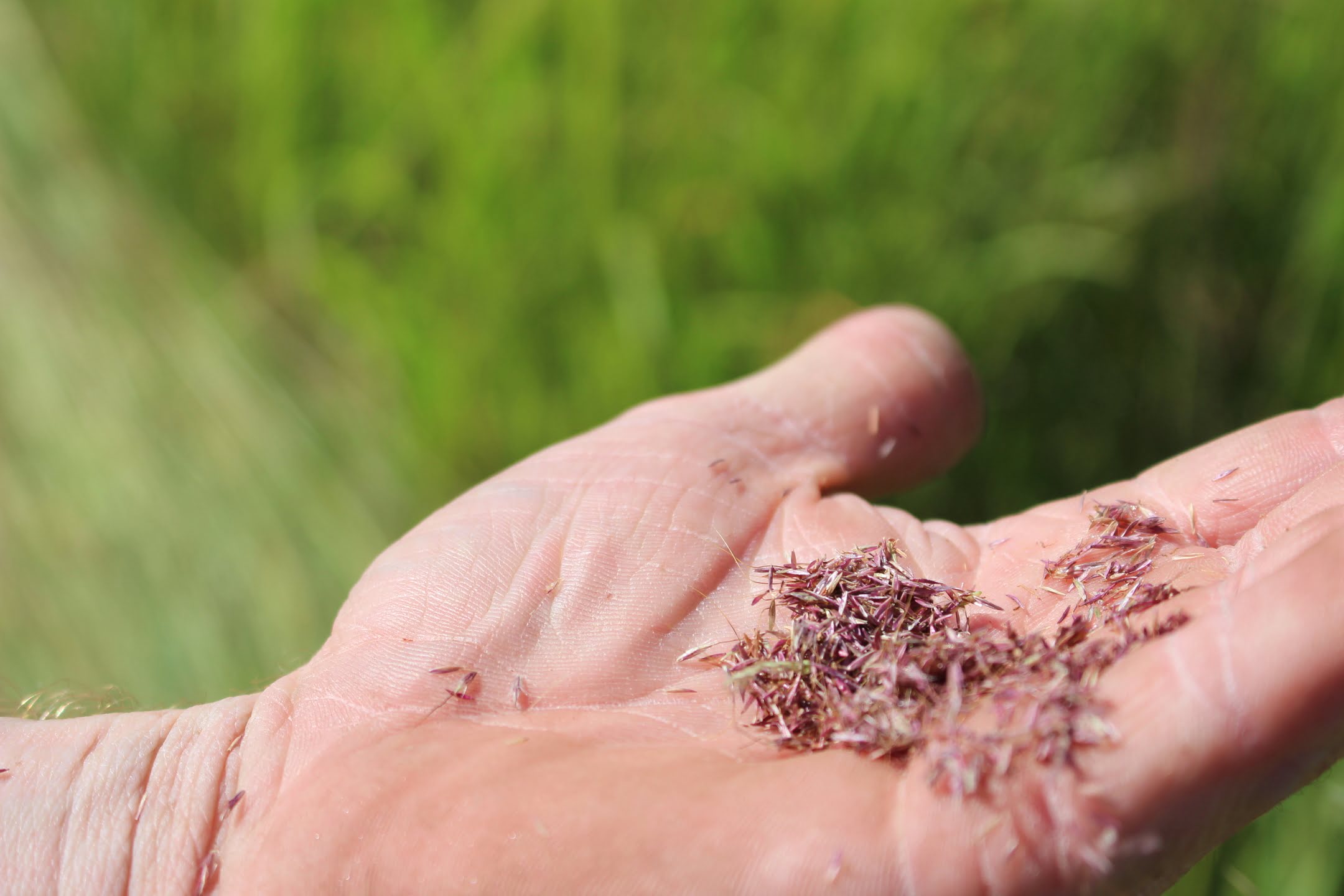
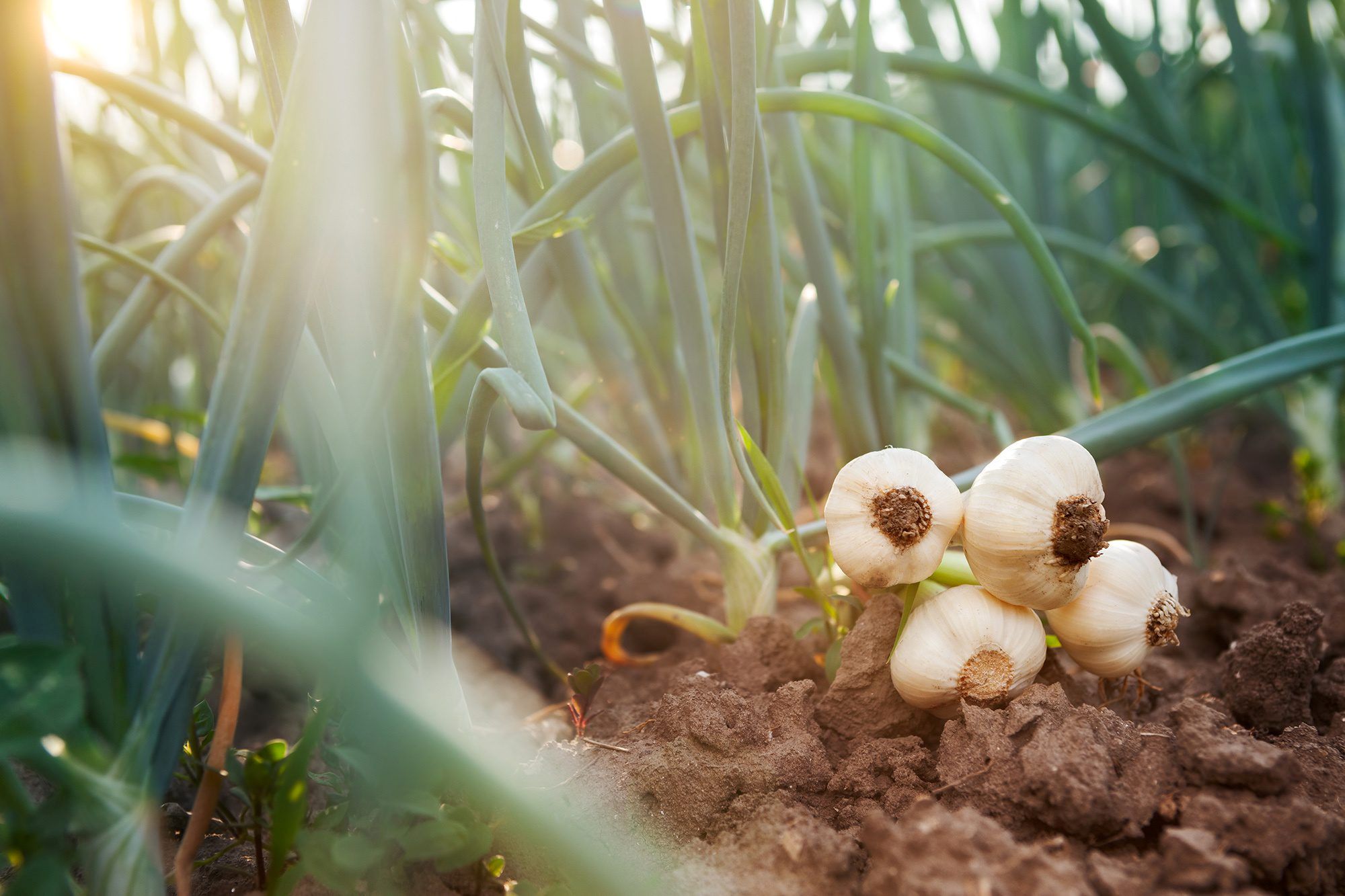
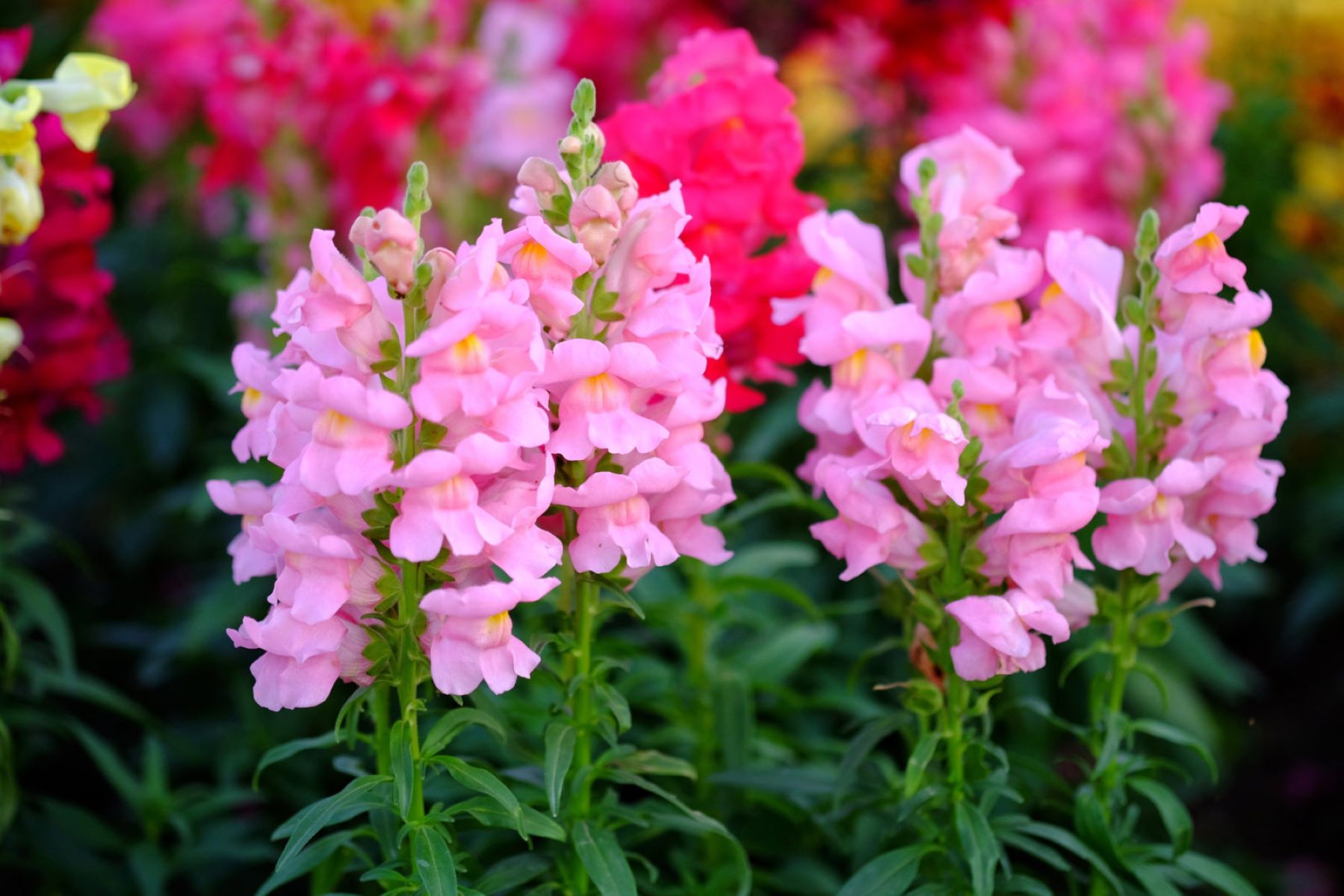
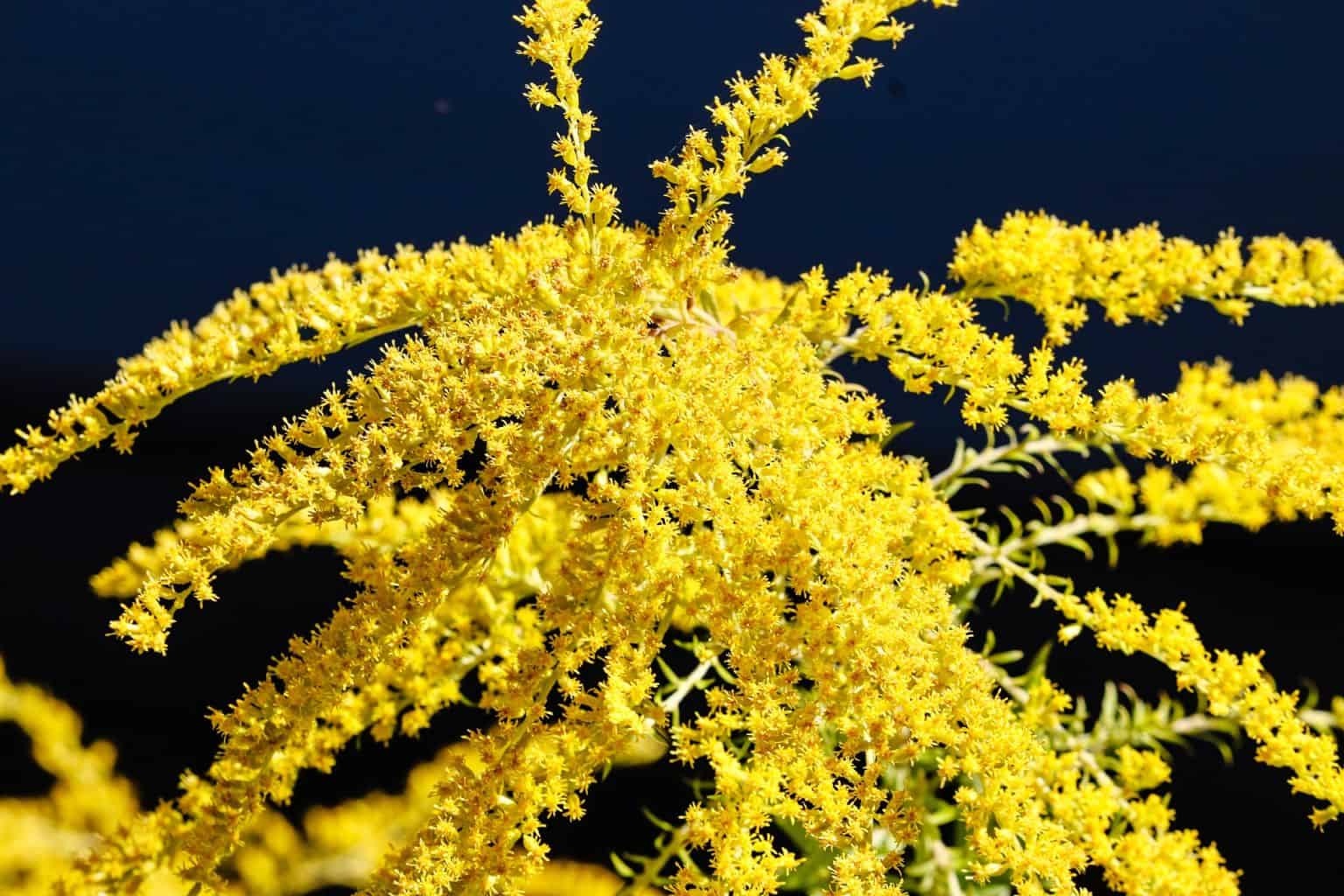
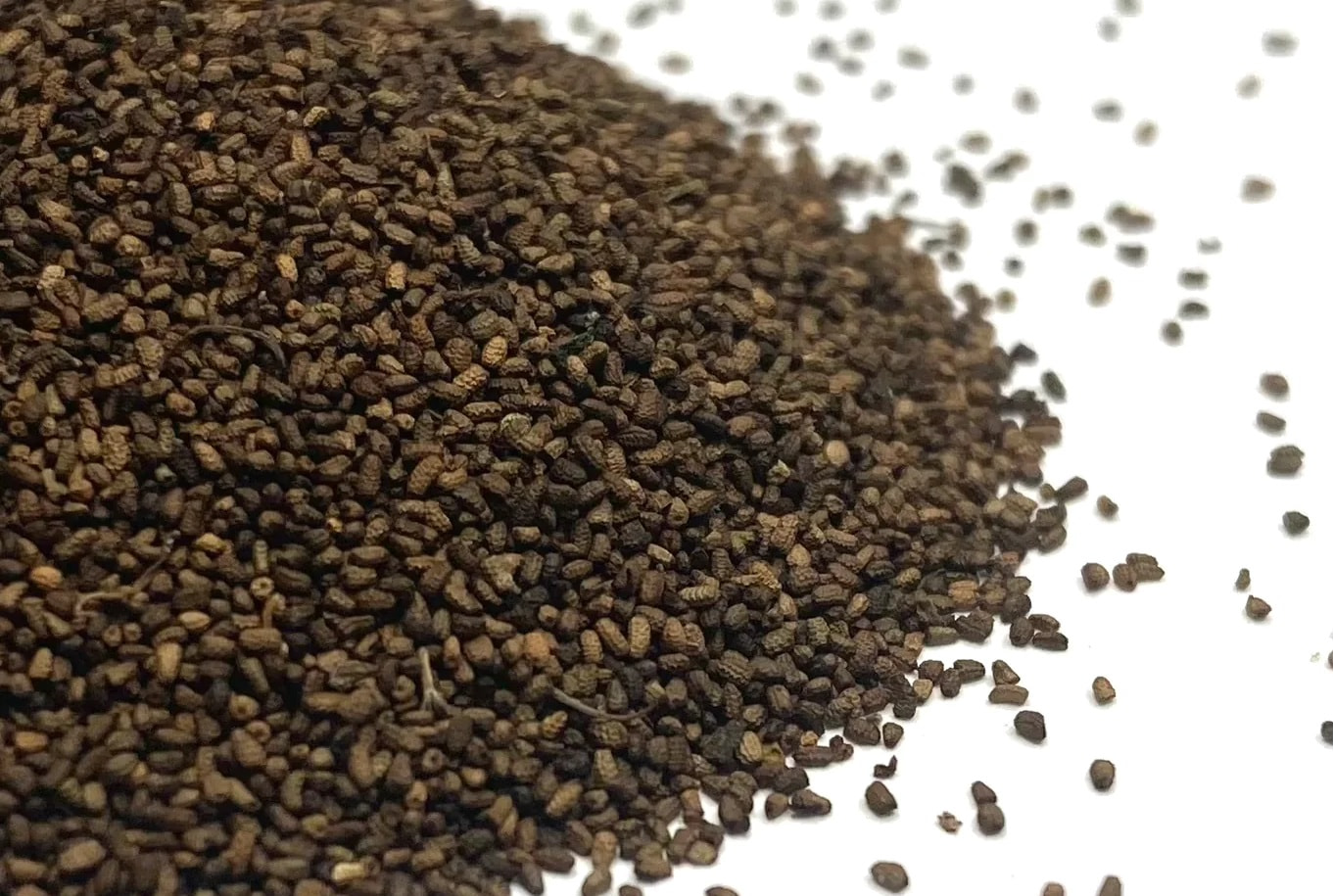

0 thoughts on “How Is Grass Seed Harvested”